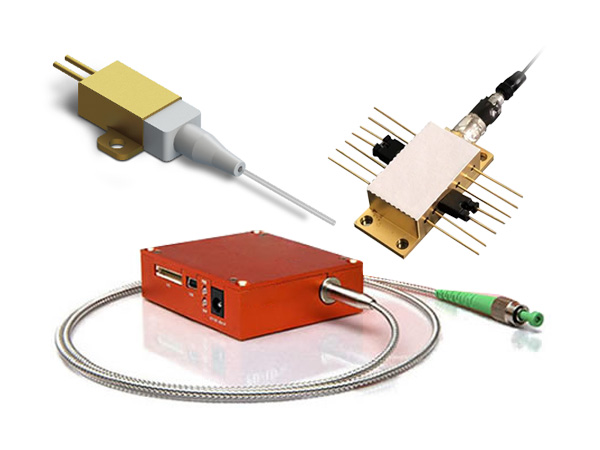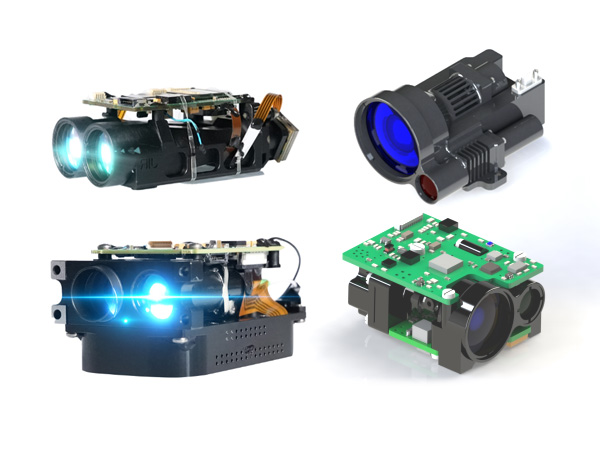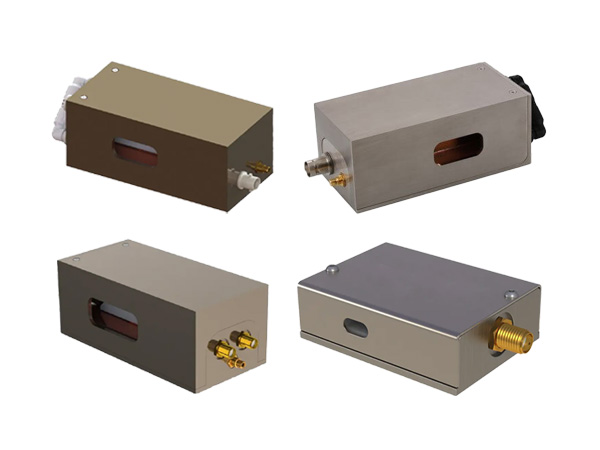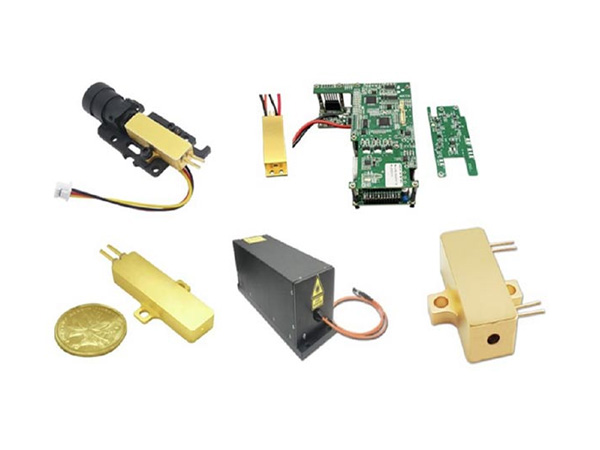Laser Safety Protection Equipment: Critical Barriers for Eye and Workplace Safety
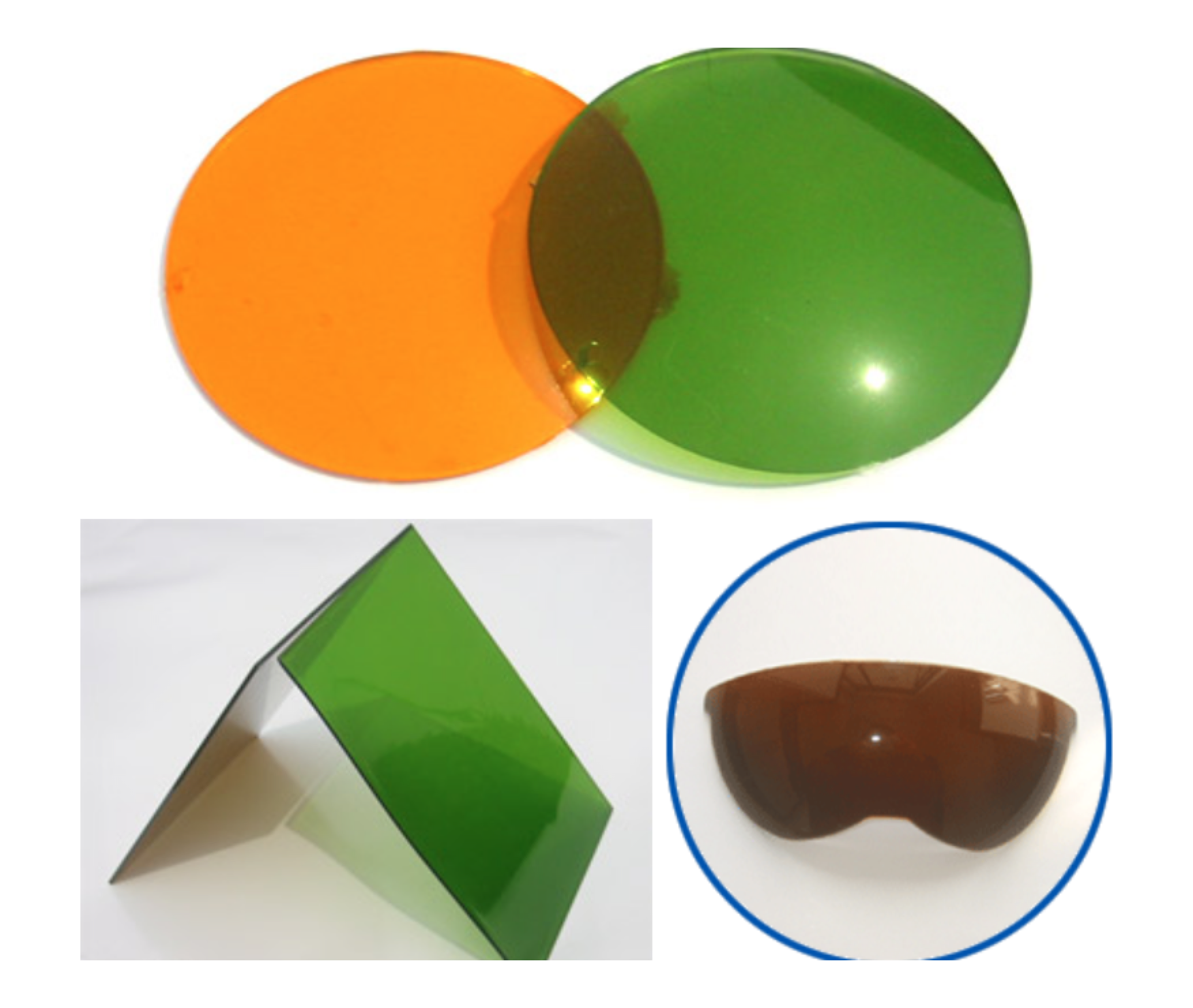
As laser technology finds widespread application across scientific research, healthcare, and industrial sectors, laser safety protection has become pivotal in safeguarding operators. Singapore-based Sintec's range of laser safety products, with their expert technical design and comprehensive protective capabilities, offer reliable safeguards for laser operations in diverse settings.
Laser Safety Goggles: The First Line of Defense for Ocular Protection
Laser safety goggles serve as the primary safeguard against laser-induced eye damage, with their efficacy hinging on filter technology. Three main types of filtering technologies are commonly used:
Absorptive filters are typically made from polymers or glass infused with dyes that absorb laser energy. They are cost-effective and highly impact-resistant, making them ideal for low to medium-intensity laser environments.
Interference filters utilize multi-layer reflective materials to deflect lasers, boasting high protection efficiency but at a relatively higher cost.
Hybrid filters combine the strengths of both absorption and reflection, excelling in high-energy laser scenarios by simultaneously absorbing and reflecting laser energy.
When selecting goggles, three key parameters demand attention:
Optical Density (OD): Measures a filter's ability to attenuate laser light. A higher OD value indicates stronger protection, with the critical requirement that it reduces laser energy to below the Maximum Permissible Exposure (MPE).
Visible Light Transmittance (VLT): Refers to the percentage of visible light passing through the filter, correlating with the eye's spectral sensitivity to daylight. Higher VLT ensures clearer visibility; filters with VLT below 20% are best used in well-lit environments.
Damage Threshold: Represents the maximum laser energy a filter can withstand, varying significantly by material—glass filters generally have higher damage thresholds than polymer ones.
The STNR series goggles cater to a broad spectrum of applications, including fluorescence enhancement of bodily fluids and latent fingerprints in forensics, chemiluminescence and fluorescence observation in medical and biological research, dye-aided leak detection, and UV protection in dental procedures and industrial bonding/curing/whitening. The product line, featuring models like STNR-GRY and STNR-DYG, addresses diverse wavelength and protection requirements.
The STSD series goggles, crafted from specialized plastic with premium laser-absorbing dyes, offer a unique advantage: consistent protection regardless of the laser's incident angle. With 9 models covering wavelengths from 200nm to 1100nm, examples include:
ST-SD1, designed for 532nm SHG Nd:YAG lasers and 514nm Ar+ lasers, with 50% VLT ensuring unobstructed visibility during operations.
ST-SD5, tailored for 10600nm CO2 lasers, delivers 90% VLT, minimizing interference with normal vision while providing robust protection.
The STSKY series further refines wavelength-specific protection. For instance, the TYPE-3 model targets 800-1080nm semiconductor lasers, Nd:YAG lasers, and fiber lasers, with an OD rating of ≥4+ and 60% VLT—striking a balance between protection and visual comfort, and offering multiple stock options.
Laser Safety Shielding: Creating Comprehensive Protective Environments
Beyond ocular protection, safeguarding the entire workspace is equally crucial. Sintec's laser safety windows, shields, and curtains effectively contain laser diffusion, protecting surrounding areas.
The protective window range, featuring acrylic filters, includes versatile models:
ECW125, suitable for 200-360nm excimer lasers and 10600nm CO2 lasers, with OD values of 6+ and 5+ respectively, 84% VLT, and a maximum size of 2’×3’.
YGW125, engineered for Nd:YAG lasers, covers 190-360nm and 870-1080nm wavelengths, boasting an OD of 6+ at 1064nm and 60% VLT—ideal for high-energy laser experimental environment.
Shields and curtains can be customized to partition laser operation zones, preventing laser leakage. The ST-W3 shield, for example, is optimized for 800-1100nm wavelengths with an OD of ≥4 and 40% VLT, ensuring protection without compromising light transmission within the area.
Whether in precision laboratory research or high-intensity industrial production, selecting appropriate laser safety equipment is foundational to ensuring safety. Our product range, with its precise technical specifications and diverse options, establishes a robust safety framework for all laser application scenarios.
 English
English Français
Français Deutsch
Deutsch euskara
euskara Русский язык
Русский язык Italiano
Italiano Português
Português Nederlands
Nederlands Polski
Polski Greek
Greek Lietuva
Lietuva Türkçe
Türkçe 日本語
日本語 한어
한어 中文
中文 தாமில்
தாமில் فارسی
فارسی हिंदी
हिंदी Tiếng Việt
Tiếng Việt ภาษาไทย
ภาษาไทย Pilipino
Pilipino Indonesia
Indonesia தாமில்
தாமில்
